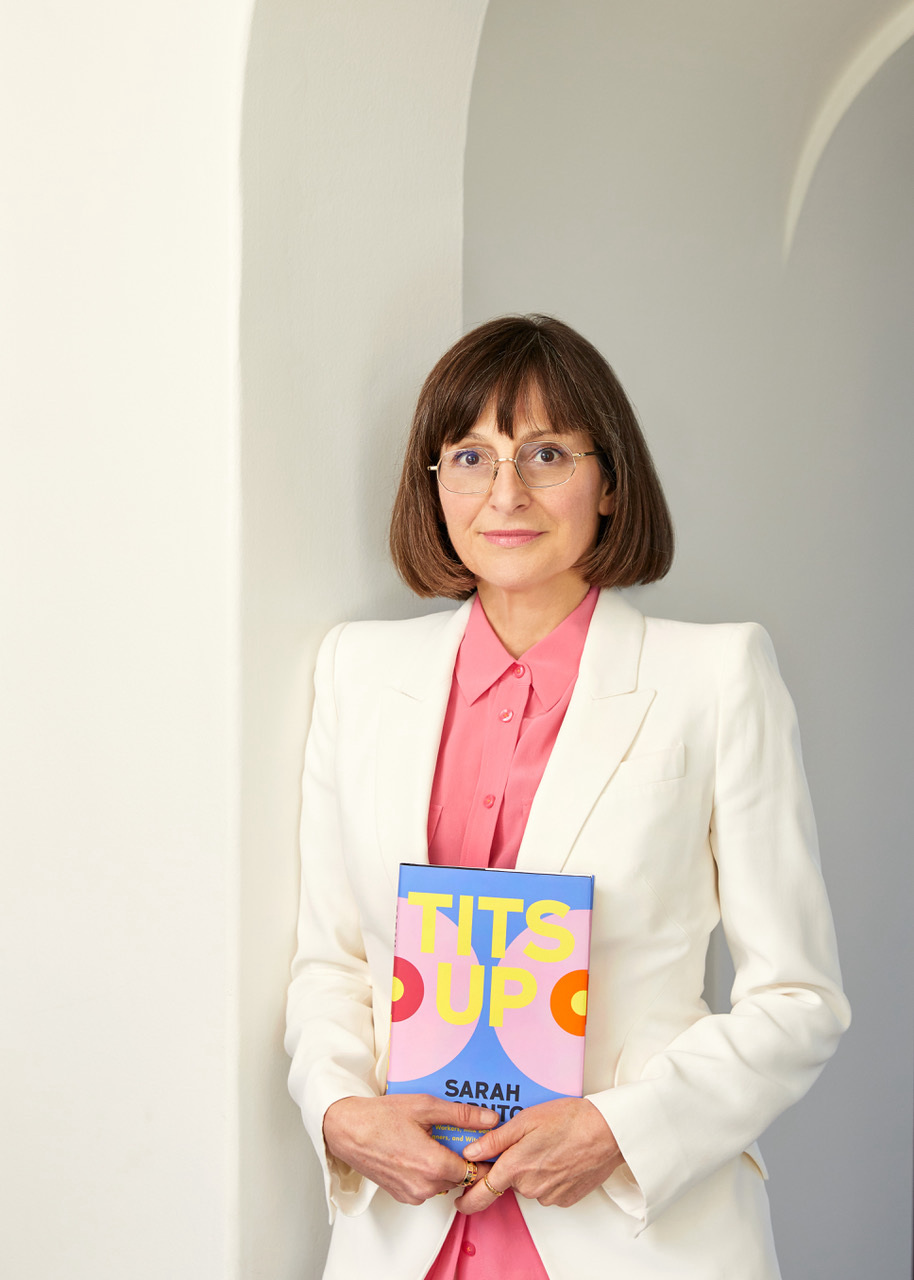
Sarah Thornton’s research methods might surprise you. A PhD-holding ethnographer, she spent the summer solstice up in California’s Redwoods among a group of neo-pagan witches, not as an aspiring wicca but to add their perspective into her varied collection of insights and opinions on breasts.
Tits Up: What Sex Workers, Milk Bankers, Plastic Surgeons, Bra Designers, and Witches Tell Us about Breasts, Thornton's latest book, starts with the author's battle with breast cancer, one that caused her to lose her natural breasts but unexpectedly gain “Double D knockers” after reconstructive surgery. Turning to experts from five wildly different domains, Thornton blends rigorous research with her own insights to debunk the narrative around “silly boobs” and imagine a more equitable future.
To mark the book’s release, the sociologist paused to reflect on tradition, consciousness-raising research, and getting uncomfortable.
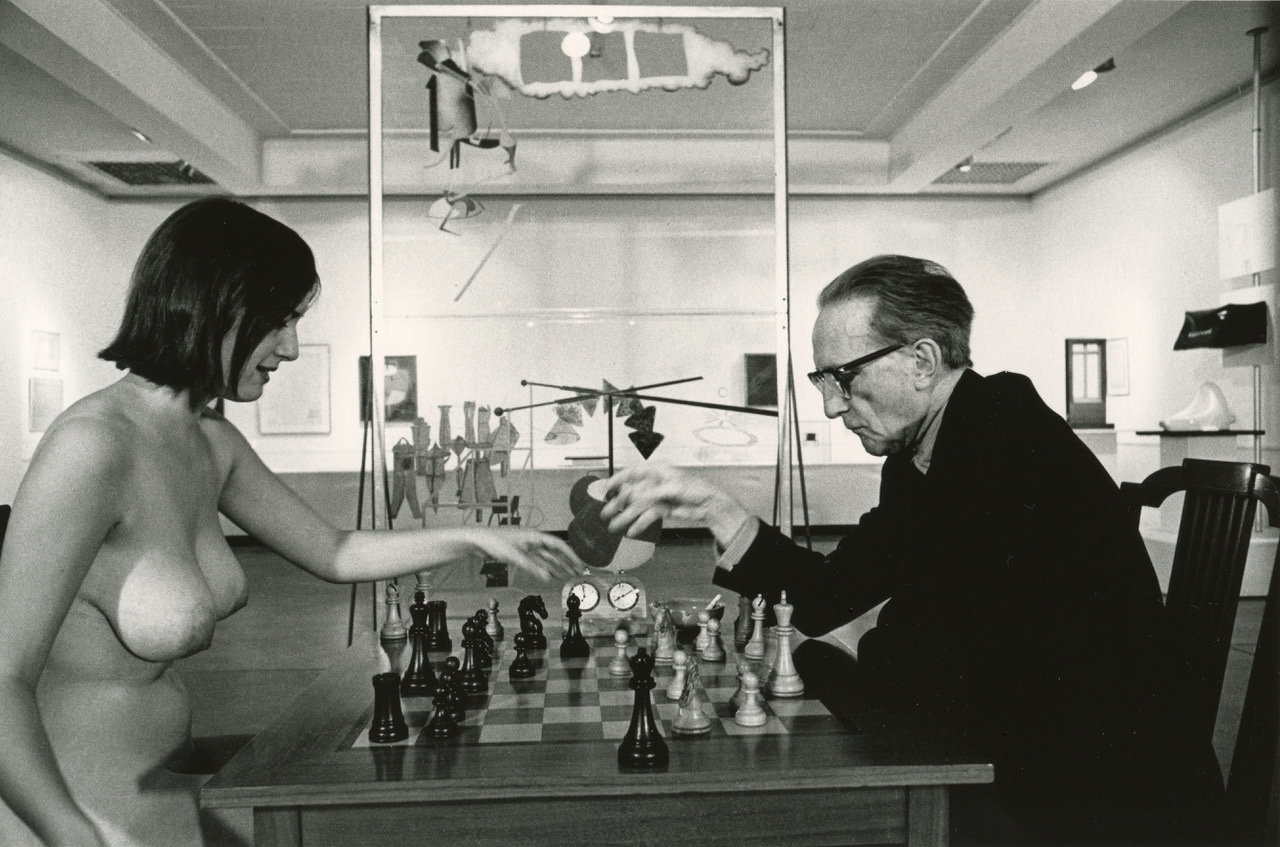
CULTURED: Based on five years of research, what are the dominant meanings, connotations, and associations of breasts in America today?
Sarah Thornton: As far as human evolution is concerned, breasts have one purpose: Hydrating and immunizing the young. However, the prevailing association is that they are erotic playthings. This masculine belief emerged in Europe during the rise of wet nursing about 500 years ago. Living in a culture where breasts are over-sexualized has led many American women to feel embarrassed, dissatisfied, and/or disinterested in their chests.
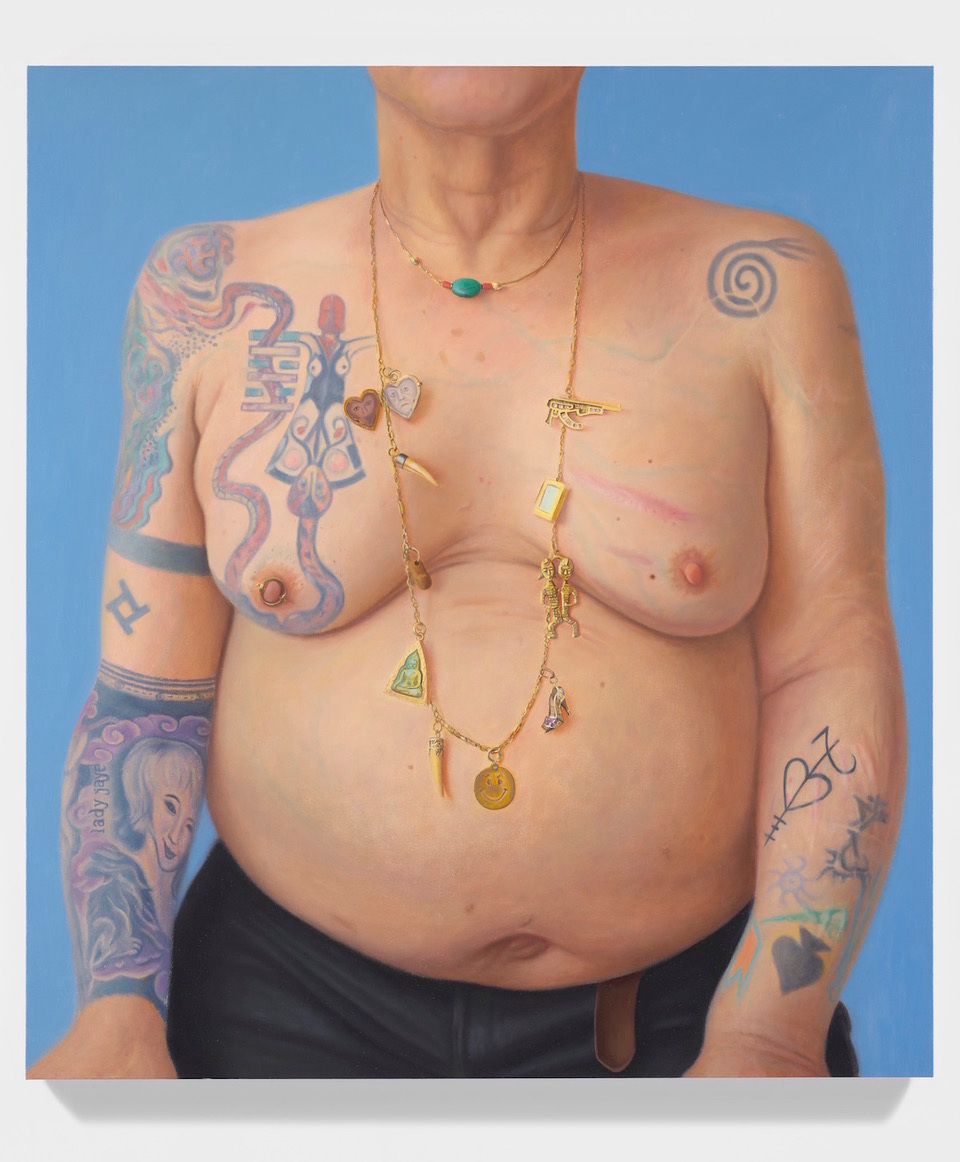
CULTURED: The collection springs from your personal experience of undergoing a double mastectomy and a surprising breast reconstruction. How did you land at the balance between the personal and the analytical angle present in the book?
Thornton: As an investigative journalist and ethnographer, I am interested in other people. I started the book by writing an essay called “A Brief History of My Boobs” as a way to clear my head and become aware of my biases. I open the book autobiographically and occasionally bring in a personal experience, but as you can infer from the subtitle, “What Sex Workers, Milk Bankers, Plastic Surgeons, Bra Designers, and Witches Tell Us about Breasts,” the book is less than 5 percent memoir.
CULTURED: To unpack the significance of breasts in our culture, the book takes us through five distinct environments—from a strip club to a milk bank to a bra design studio. Which space had you question your understanding of breasts the most?
Thornton: Every chapter of Tits Up is an exercise in consciousness-raising. I learned a lot from each cluster of experts, but perhaps the most mind-bending perspectives were those of the neo-pagan witches with whom I spent the summer solstice in the Redwoods. That chapter, the fifth and final one, is titled “Holy Mammaries.” There, breasts are not shameful or profane, but sacred symbols of nature’s bounty and sublime, even divine power.
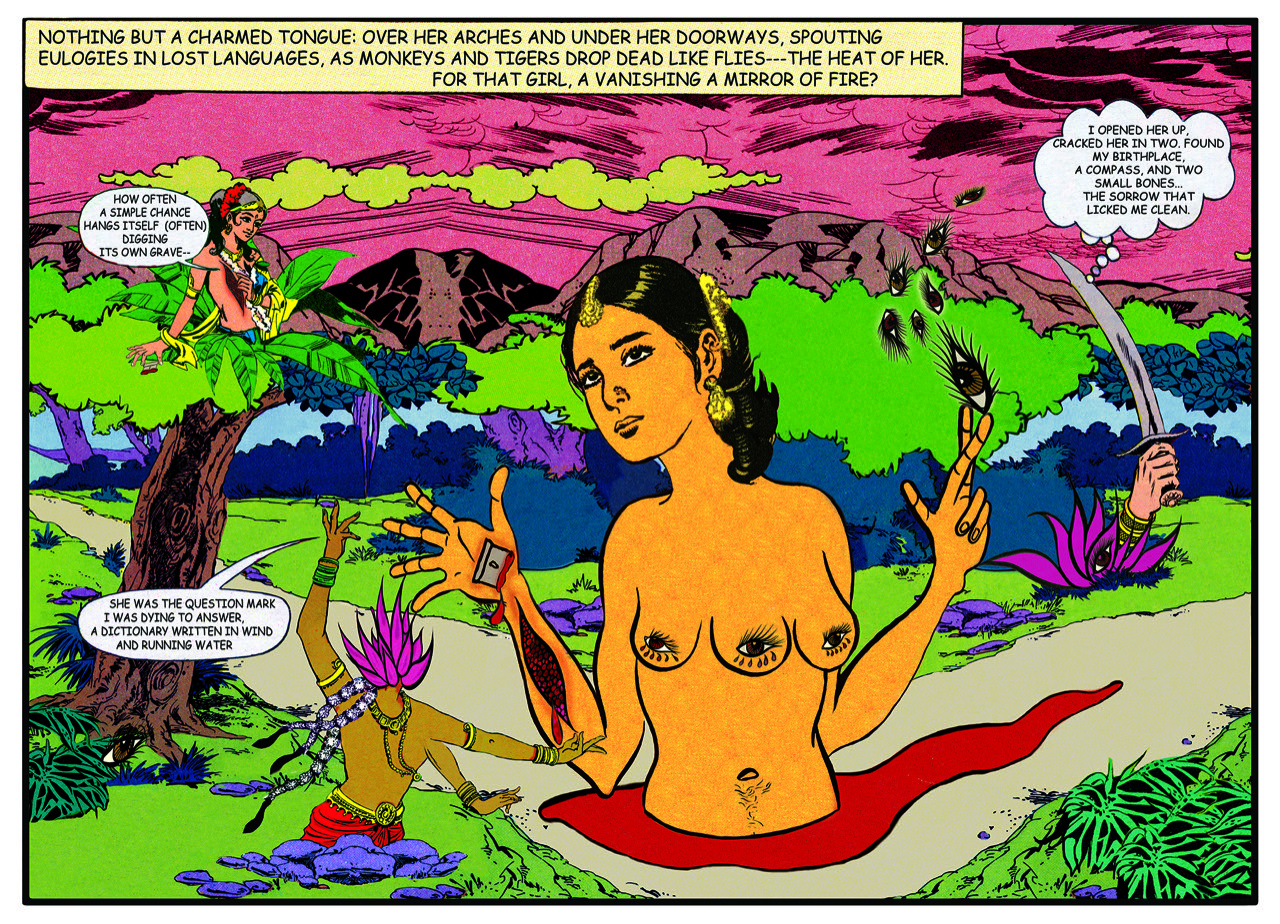
CULTURED: You also touch on breasts’ place in art history. In the contemporary art world, how do you see them being depicted or treated? What does that say about how we perceive them today, and how has it changed?
Thornton: Many artists are creating artworks with intriguing, exploratory visions of breasts. Annie Sprinkle, Chitra Ganesh, Clarity Haynes, and Zackary Drucker are a few of the artists who collaborated with me in the research of Tits Up. There are 50 or so illustrations in the book, many of them artworks. But the gist of the book is not about representation: It’s about breasts in-person and IRL.
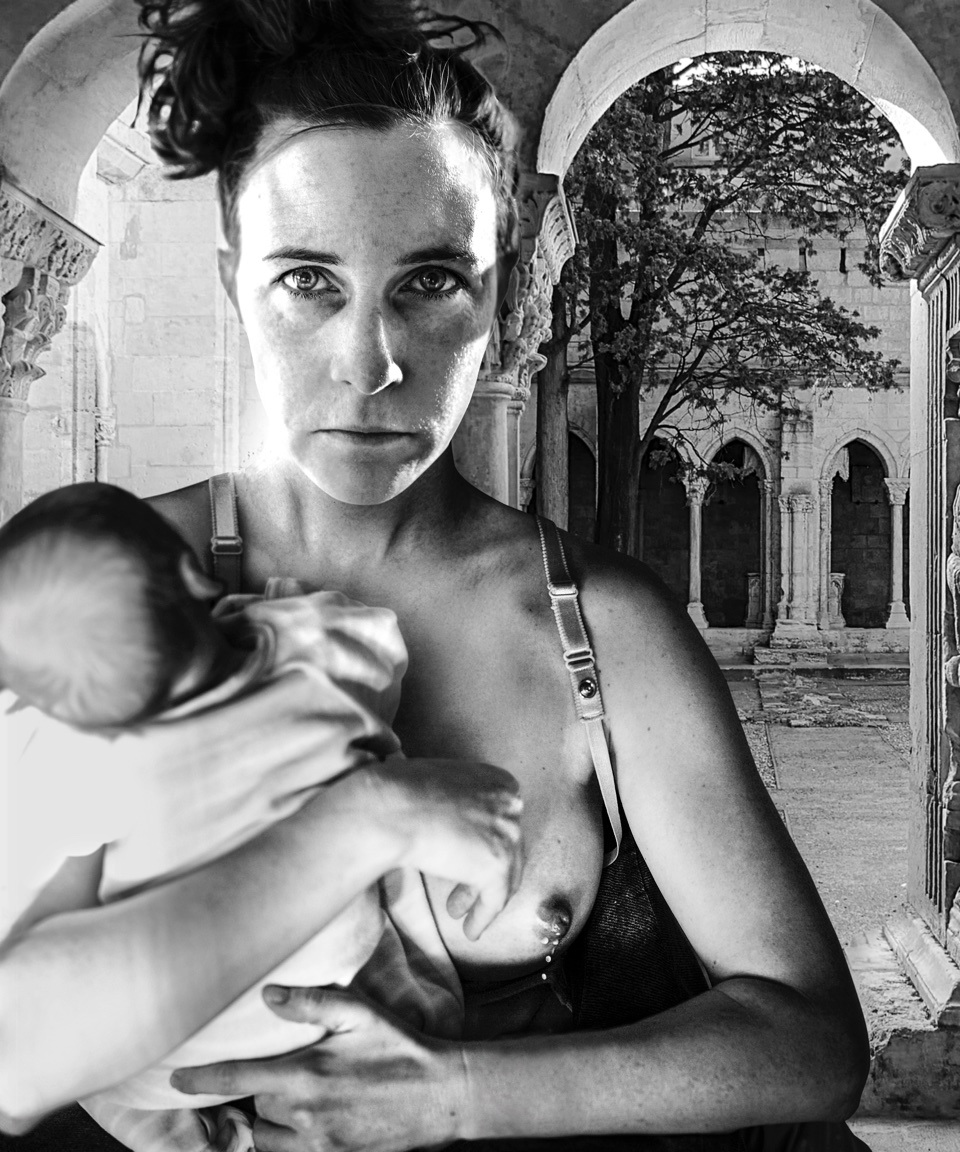
CULTURED: In Tits Up, you unravel the political dimensions of breasthood, from the lack of a federal right to breastfeed to the policing of sex work. In what political future do you see breasts and their bearers achieving the rights they deserve?
Thornton: The original subtitle of my book was “The Top Half of Women’s Liberation.” As a lifelong feminist, I was surprised to find that the women’s movement had largely ignored breasts. Indeed, “boobs” are so deeply colonized by patriarchy that even women fighting for equal rights had dismissed them as dumb or silly appendages, not worth reclaiming. Then, my research into breasts led me into terrain that was historically uncomfortable to mainstream feminism: sex work, breastfeeding, plastic surgery, fashion, femininity, spirituality, and the pursuit of beauty.
CULTURED: What’s next for you?
Thornton: A summer vacation.

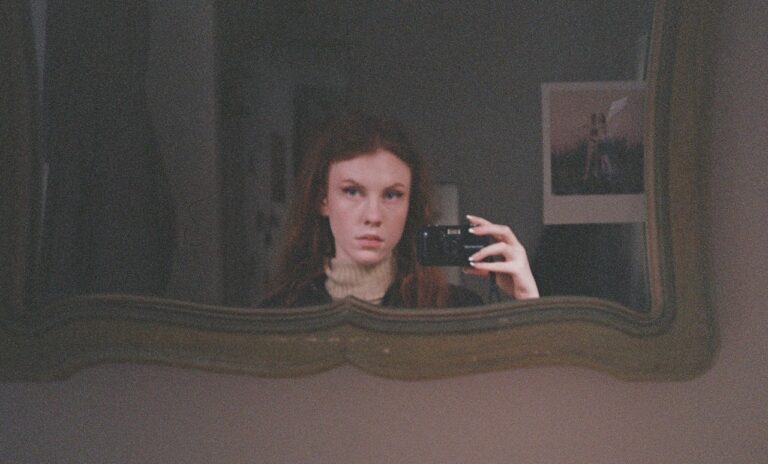

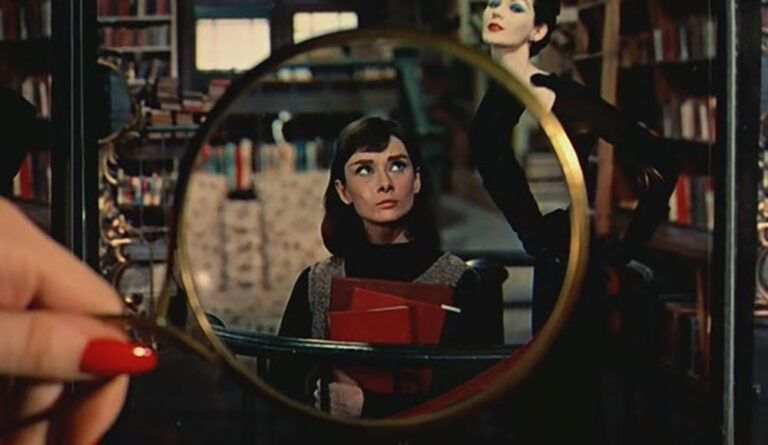
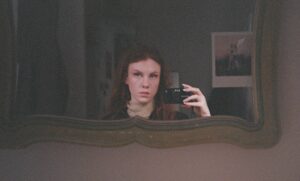
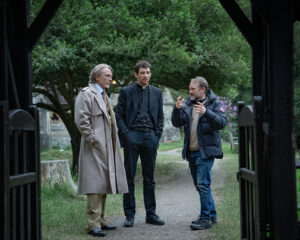
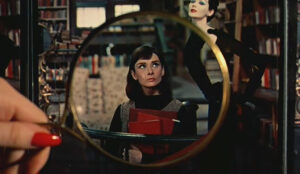



 in your life?
in your life?

